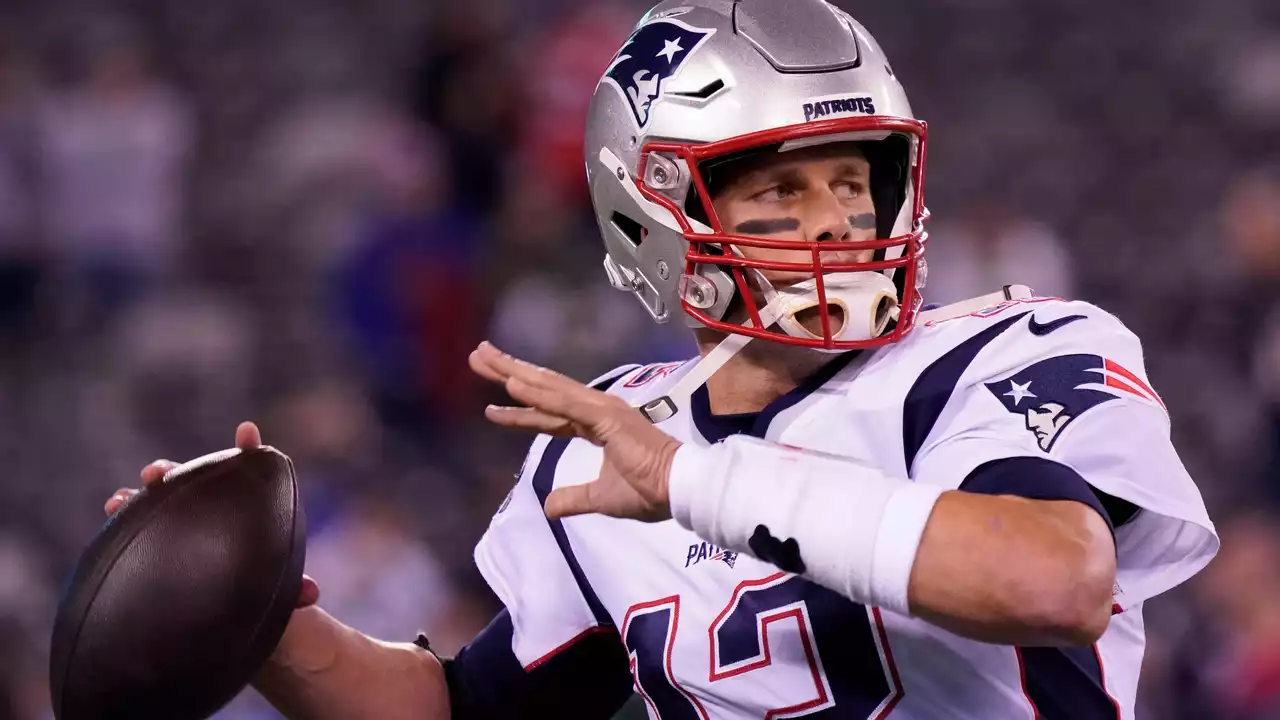NFL Players in Rugby: What It Takes to Switch Sports
Ever wondered what would happen if a football quarterback swapped helmets for a scrum cap? The idea sounds wild, but the two games share some core traits – power, speed, and teamwork – while also demanding very different skills. Below we’ll walk through the big differences, the areas where NFL athletes could shine, and the hurdles they’d need to jump.
Physical match‑ups: Size, strength, and stamina
Most NFL players are built for short bursts of maximum effort – a 10‑yard dash, a slam into the pile, a sudden change of direction. Rugby, on the other hand, runs for 80 minutes with almost no breaks. That means endurance becomes a massive factor. An NFL linebacker might dominate a tackle, but they’d need to train their aerobic base to keep moving for two halves.
Strength is a shared asset. Tackling in rugby is more about technique than raw collision, so the explosive power of a defensive end could translate well to a rugby forward’s role in scrums and rucks. Speedy wide receivers could become dangerous wing players, using their sprinting ability to beat defenders on the outside.
Skill swaps: What NFL players already know, and what they must learn
Ball handling is a major gap. In football, the ball is thrown forward; in rugby, you can only pass backwards or laterally, and you must catch on the run. A quarterback’s vision and decision‑making are useful, but they’ll need to develop under‑hand passing and catching under pressure.
Kicking is another foreign area. Drop‑kicks, punts, and conversions are routine in rugby, yet rarely practiced by NFL athletes. Even a strong-legged kicker would need time to master the timing and placement required on a rugby field.
Finally, the mental side. Rugby’s continuous flow means players must read the game without the frequent huddles and time‑outs that football provides. Learning to anticipate play development and maintain discipline in a fluid environment takes practice.
Real‑world examples and training tips
A few NFL players have taken a shot at rugby. Former safety J.J. Watt attended a charity rugby match and surprised everyone with solid tackling technique. While he wasn’t a regular, his performance showed that NFL size and aggression can be an asset when matched with proper coaching.
If an NFL star wants to transition, the first step is cardio conditioning – interval runs, long distance jogging, and swimming to boost lung capacity. Next, drill basic passing and catching with a rugby ball, which feels heavier and less aerodynamic than a football. Finally, join a local club’s training sessions – Portsmouth Rugby Club welcomes newcomers and offers beginner programs that focus on safe tackling and game sense.
Bottom line: NFL players bring elite athleticism, but they’ll need to add endurance, ball‑skills, and a new tactical mindset to thrive in rugby. With the right coaching and dedication, the swap isn’t impossible, and it can add a fresh dynamic to both sports.

Are NFL players faster than rugby players?
In a recent comparison, I've been curious to find out if NFL players are indeed faster than rugby players. After researching and analyzing various sources, it seems that NFL players generally have faster sprint times and better acceleration. However, rugby players showcase greater endurance and overall fitness due to the continuous nature of their sport. So, while NFL players may have an edge in speed, rugby players excel in other aspects of athleticism. It's important to note that comparing the two sports can be quite difficult, as they have different demands and physical requirements.
view more

